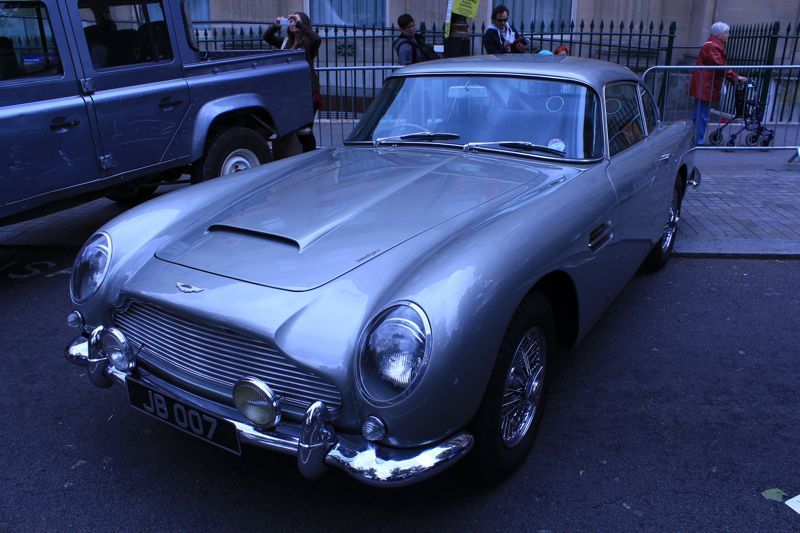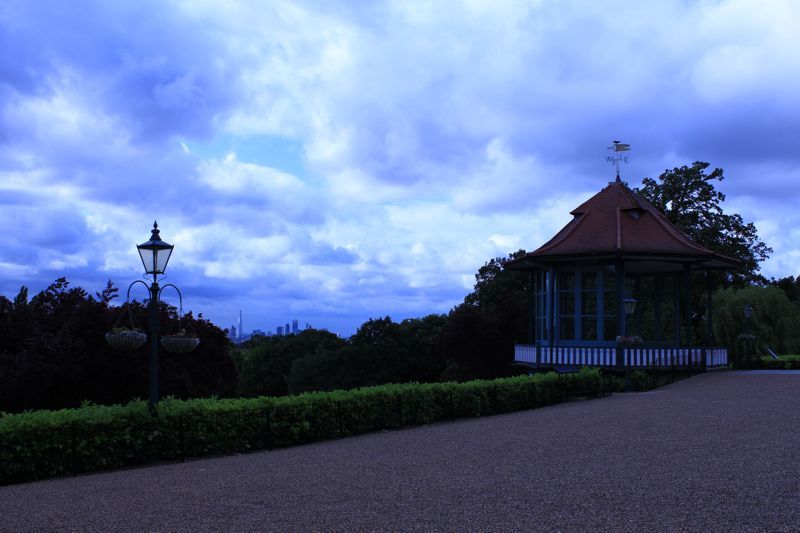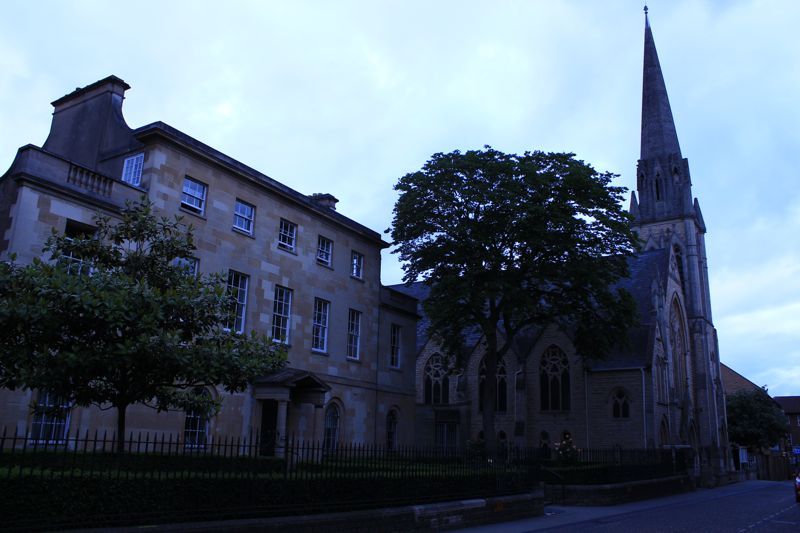So I've recently picked up a DSLR (650D) as I'm interested in trying out a bit of photography as a hobby. I've been outside over the past couple of days taking some pics in various settings but one thing I'm struggling with is getting the pictures looking bright enough in what have been dull, overcast conditions.
I've been using a mix of auto and manual settings in attempt to actually get some pictures of the places I'm visiting (auto) and also understand how certain setting effect the pictures (manual).
When using auto it seems to pretty much constantly default to ISO100, F6-7 and 1/125-200 shutter speed, which leaves the pictures really dark (my girlfriends point and shoot look a lot brighter). Now as far as I'm aware I can increase the brightness in a three ways (?):
1) increase the ISO
2) decrease the F number
3) decrease the shutter speed
I'm happy to play around with the settings over time but I'm just surprised at how bad the automatic settings are a getting the brightness up, is this normal or am I missing something?
Also, any advice on which settings would be the most effective to alter as a starting point?
Some quick examples below (excuse the rubbish photos, I am after all a complete beginner ).
).
Thanks for any advice!



I've been using a mix of auto and manual settings in attempt to actually get some pictures of the places I'm visiting (auto) and also understand how certain setting effect the pictures (manual).
When using auto it seems to pretty much constantly default to ISO100, F6-7 and 1/125-200 shutter speed, which leaves the pictures really dark (my girlfriends point and shoot look a lot brighter). Now as far as I'm aware I can increase the brightness in a three ways (?):
1) increase the ISO
2) decrease the F number
3) decrease the shutter speed
I'm happy to play around with the settings over time but I'm just surprised at how bad the automatic settings are a getting the brightness up, is this normal or am I missing something?
Also, any advice on which settings would be the most effective to alter as a starting point?
Some quick examples below (excuse the rubbish photos, I am after all a complete beginner
 ).
).Thanks for any advice!





 . What I noticed on my camera on auto is the ISO would go to a lot higher setting in low light (1600 or so), maybe you have the ISO set to manual and locked on 100.
. What I noticed on my camera on auto is the ISO would go to a lot higher setting in low light (1600 or so), maybe you have the ISO set to manual and locked on 100.